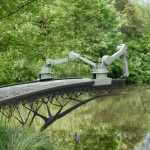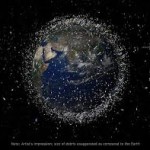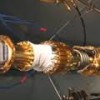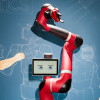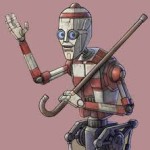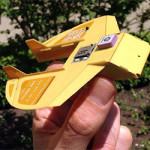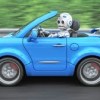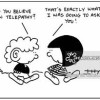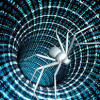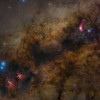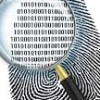“A THIRD OF THE WORLD’S BIGGEST GROUNDWATER BASINS ARE IN DISTRESS – RESERVES LIKELY FAR SMALLER THAN PREVIOUSLY THOUGHT, NEW STUDIES FIND”
An alert by researchers from NASA, the National Center for Atmospheric Research, National Taiwan University and UC Santa Barbara used readings generated by NASA’s twin Gravity Recovery and Climate Experiment (GRACE) satellites that measure dips and bumps in Earth’s gravity, which is affected by the weight of water.
The studies are the first to characterize groundwater losses via data from space. The new findings have been accepted for publication in Water Resources Research, a journal of the American Geophysical Union, and appear online today.
For the first paper, researchers examined the planet’s 37 largest aquifers between 2003 and 2013. The eight worst off were classified as overstressed, with nearly no natural replenishment to offset usage.
A companion paper in the same journal shows that volume of the world’s usable groundwater is poorly known but is likely far less than rudimentary estimates made decades ago.
By comparing their satellite-derived groundwater loss rates to what little data exists on groundwater availability, they found major discrepancies in projected “time to depletion.” In the overstressed Northwest Sahara Aquifer System, for example, this fluctuated between 10 and 21,000 years….
